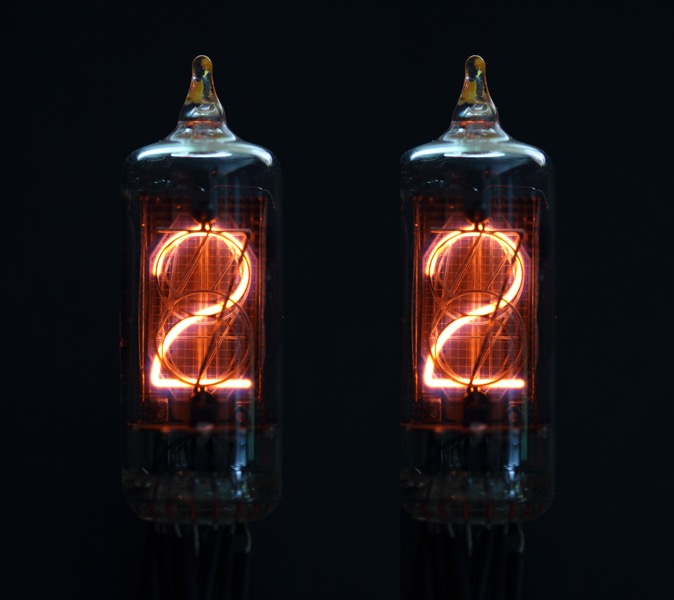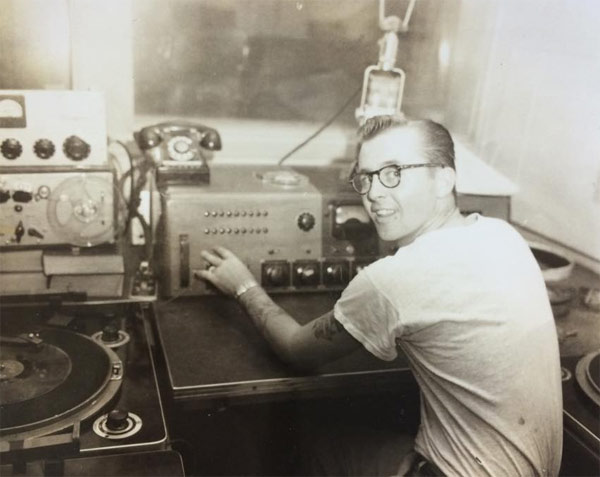

- © 2003 - 2025 Dynamix Productions, Inc. Contact Us 0



PART I
The year '22 ushers in an exciting new technology. Here's what has been said about it:
"The newspaper that comes through your walls."
"Anyone with common sense can readily grasp the elementary principles and begin receiving at once."
"It will become as necessary as transportation. It will be communication personalized. There will be no limit to its use."

"In radio, you have two tools. Sound and silence."
Ira Glass
As the world holes up in their houses during this coronavirus, as we absorb media like never before, as we listen to the news coming out of our television and radio speakers, we see and hear just how serious most of us are taking this. Journalists are broadcasting from their backyards, their sources are interviewed over Skype or Zoom, and the news now looks and sounds less-than-polished. It's like Sunday afternoons on FaceTime with the family three states away. These are the choices we are having to make these days: quality of content over quality of sound and video. But we don't know how good we got it.

"Once, during Prohibition, I was forced to live for days on nothing but food and water."
W. C. Fields
100 years ago, a restrictive law popularized a new American art form. PLUS, find out what's been going on in the studios of Dynamix Productions.

"TV gives everyone an image, but radio gives birth to a million images in a million brains."
Peggy Nooman
The recent presidential elections in Nigeria and Senegal stirred fond memories of my childhood. Specifically the "sounds" of Africa I remember growing up with. I haven't had the good fortune to go to Africa, but I've listened to it from afar. In the 1960s and 70s, radio was perhaps at its peak. AM radio stations played the hits, FM radio played the albums, and CB radios were in kitchens and cars. A lot of homes also had a shortwave radio. Today it's the internet that ties us all together. Back then, CBs connected us with our friends, AM and FM connected us with the country, and shortwave connected us with the world.

"Hostilities will cease along the whole front from 11 November at 11 o'clock."
Marshal Foch, the French commander of the Allied forces via radio atop the Eiffel Tower.
This week marks 100 years since the end of the war to end all wars, known today as World War One. In 1918, on the 11th hour, on the 11th day of the 11th month, 1,500 days of fighting came to an end. The armistice was agreed upon just six hours earlier in a railway car halfway between Paris and the Western Front. What's remarkable is the speed at which most troops were informed of the impending armistice. This war, like in so many other ways, forever changed the world of communication.

“The only real way to disarm your enemy is to listen to them.”
Amaryllis Fox
Writer, peace activist, former CIA Clandestine Service officer
Eavesdropping on the enemy in times of war can be essential to victory. During World War Two, a tucked away family farm in New England would save thousands of lives while being a key to Allied victories over Germany and Japan.

"I hate modern car radios. In my car, I don't even have a push-button radio. It's just got a dial and two knobs. Just AM."
Chris Isaak
Maybe you haven't noticed, but AM radio has pretty much sucked the last twenty years or so. Maybe you didn't notice because you weren't listening. A lot of people aren't, and the FCC is out to change that. The FCC? You bet – this isn't your father's FCC. We're so used to hearing "FCC" and "restrictions" in the same breath, that broadcasters were pleasantly surprised last October when the FCC announced an "AM Revitalization" initiative.